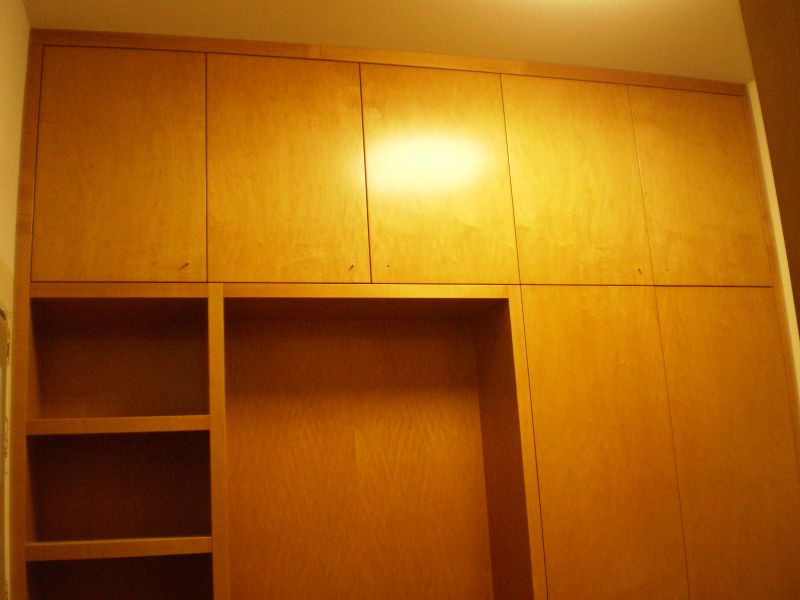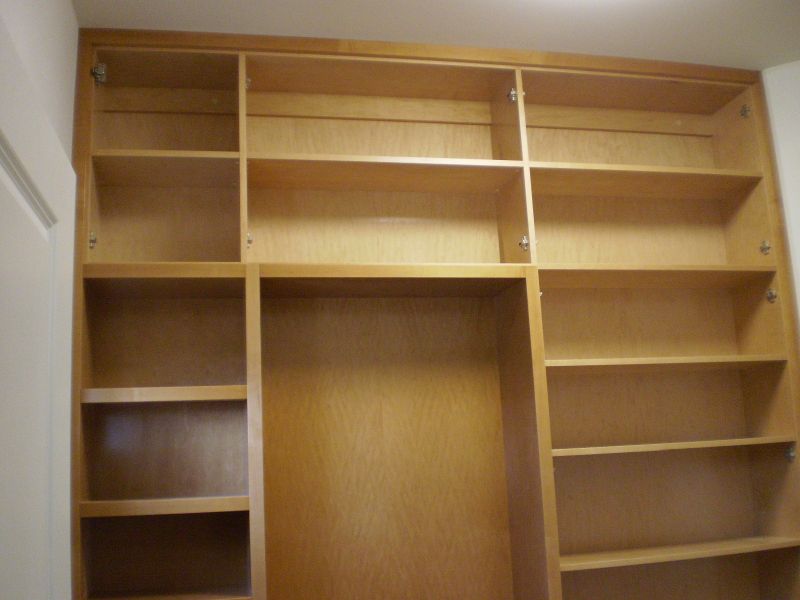Applying Frameless Concepts to Face-Frame Cabinetry
Pondering a hybrid system that would combine some of the efficiencies of frameless with the look of face-frame cabinets.March 27, 2012
Question
We have a pretty well thought out 32mm system for our frameless cabinetry. It simplifies all hardware boring operations and makes it easy for even my most inexperienced guys to follow our assembly sheets. Now I am trying to apply these ides to face frame cabinetry. The goal is to eliminate blocking out hardware by keeping the face frames flush to the inside. Are there any advantages to keeping openings and rails on 32mm increments? Has anyone spent time on this idea?
Forum Responses
(Cabinetmaking Forum)
From contributor C:
I like the idea of trying to keep the 32MM standards, but by keeping the insides of the faceframe flush aren't you putting a lot of distance between the doors? That is if you are going to use the standard 1 1/2" face frame. If you would use say a 1" face frame it would more resemble the traditional look. With the 1/4" scribe that is left would work just like the traditional FF cabinet. Does this make sense or am I missing something?
From contributor J:
It seems like it will take lots of material to make all the interior stiles flush with cab interiors. You'll also have extra material on the ends unless you use applied ends as opposed to integral. It doesn't really seem very feasible to me. You shouldn't need blocking unless youíre doing strictly inset. Most Euro hardware systems will mount directly to the FF for overlay.
From the original questioner:
Contributor C - I do not quite understand what you mean about the space between doors. As I see it the door overlay and the stile width are independent of the door reveals (or space between doors).
Contributor J - can you explain were the waste of material is increased? If anything I see it using less material because the box is smaller than the usual. The outside scribe will be a lot more than the usual 3mm for unfinished ends. This could be considered a waste of interior space, but faceframe cabinets do not use space very efficiently anyway.
I suspect I am not explaining myself very well. I will make some sample layouts to show everyone. Basically my goal is to continue line boring our panels before assembly. This means the hardware cannot mount to the faceframe. By the way, faceframe type hinges are not even available in my market. I use the Blum C series of hinges in the US, but Blum Asia does not stock them. I do not care for the huge adapter mounting plates either.
From contributor C:
It is the typical 1/4" scribe that is causing all of the problem. I personally like the full overlay look and just edgeband with wood veneer banding and forget about the scribe but some of the purist like it. If they would just use 3/4" sides like commercial casework in lieu of their normal 1/2" they would get over the scribe. However, if you want some exposed wood between the doors, you have to increase the FF width. Now Iím confused!
From contributor J:
The waste of material in my mind would be building individual boxes for each door/drawer section as opposed to building a longer frame to include several bays. Each division would only require one piece of sheet goods (or none if it's a drawer bank) with a longer frame. This is the advantage of using faceframe construction. Your method will require back to back sheets at each stile of the face frame.
From contributor K:
I build a frameless "hybrid". I do mostly beaded inset. My gables are flush with the inside of the faceframes. The r's and s's finish off at around 2". Where two cabinets come together I use "1/2" stiles so the two together look like one stile. No blocking out for hardware and no one complains about the "wasted space". I'm not a frameless connoisseur, but I'd have to assume that you would have to move your bores toward the front of the gable the width of the faceframe.
From contributor A:
We are a beaded inset FF shop. I basically layout the frames on the inch scale and utilize the ply being 1/32" less than 3/4. I keep one edge flush and block out the other side exactly one piece of 3/4" ply. The 1/32" of proud FF never bothers the
Blumotion slides. Now that I've used millimeters in AU for the last year, I wish I changed years ago. The biggest problem I have with metric is the mm is not small enough when fitting between two existing things. Cutting stuff in the shop is much easier. I have yet to find a tape measure with half mm's. I have rulers, but no tape.
From contributor L:
Here are a couple example of a 32mm frameless cabinet with faux frame.

Click here for full size image

Click here for full size image

